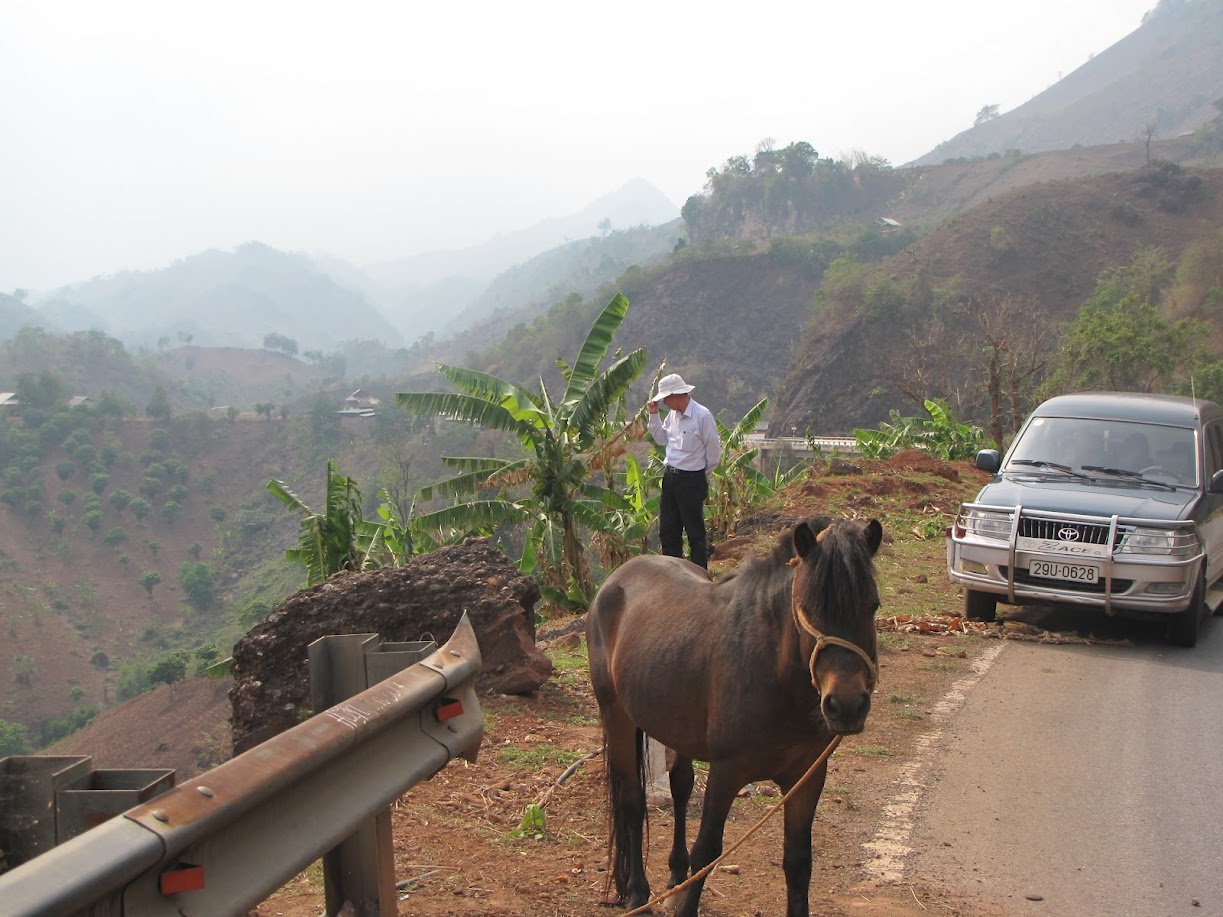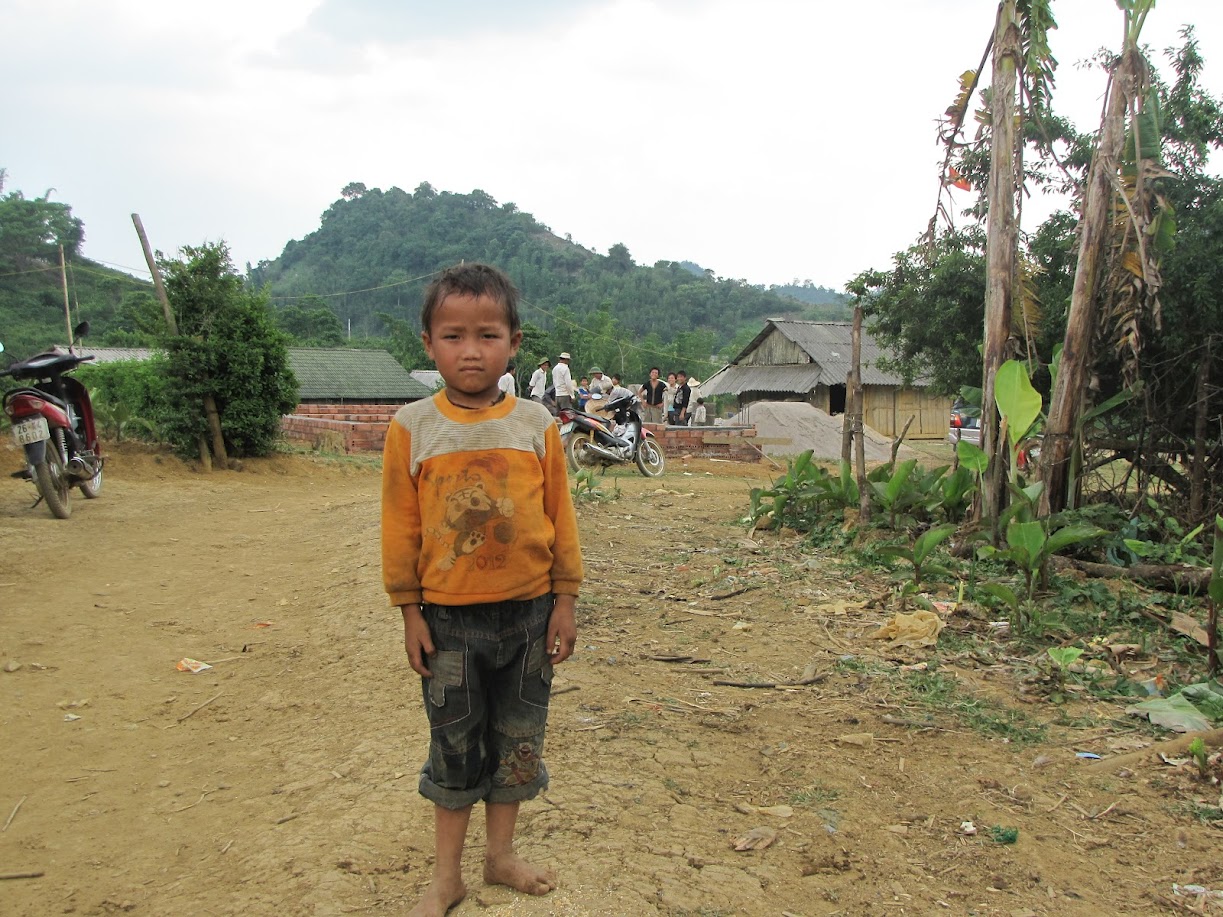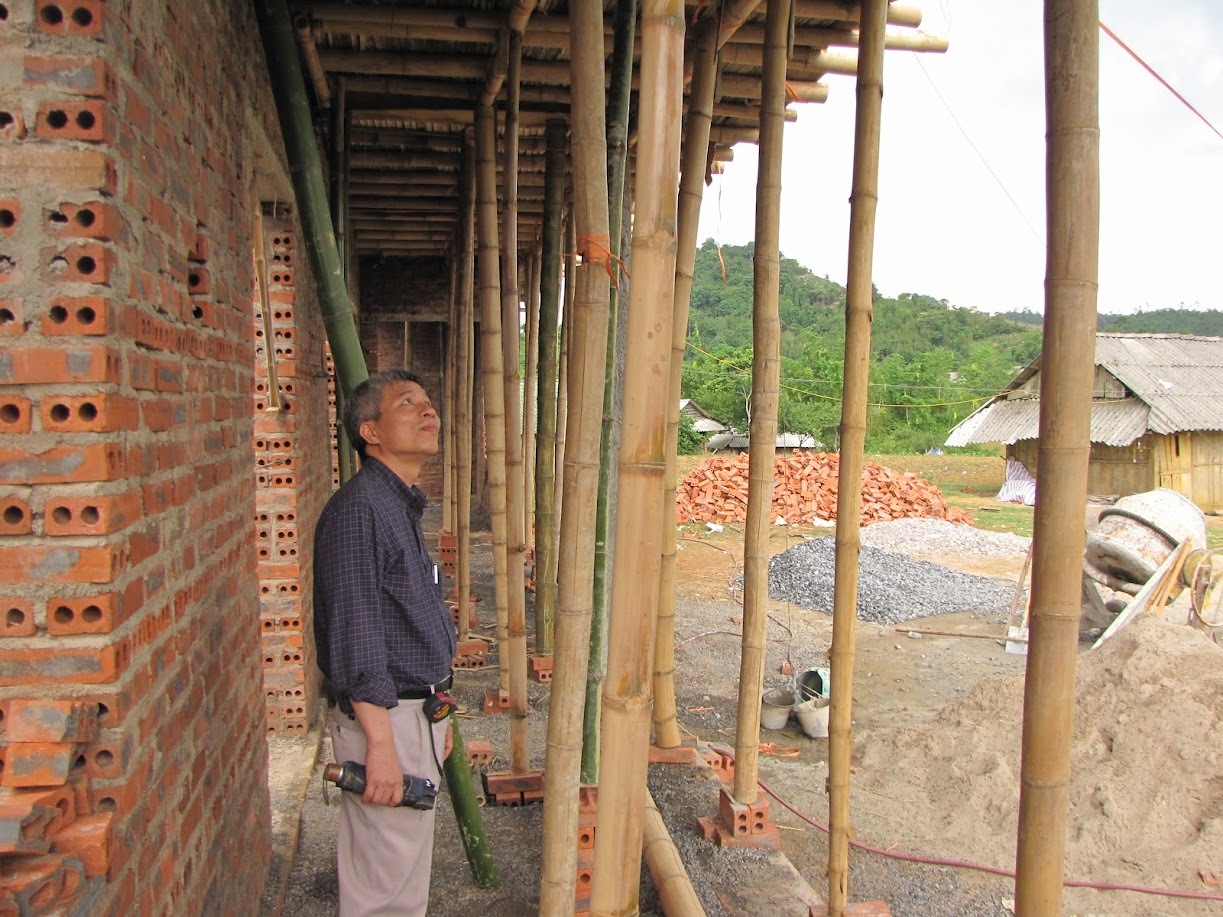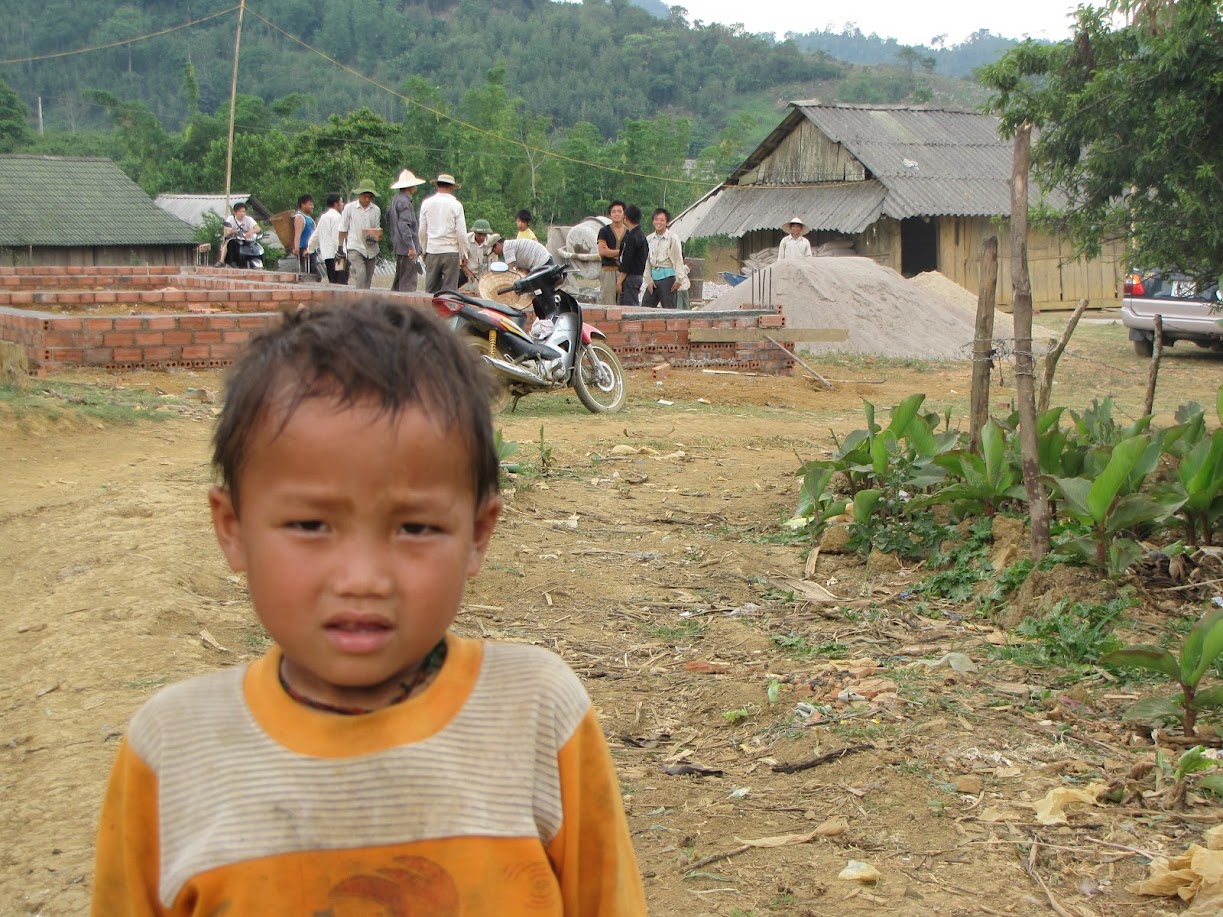It’s hard not to be awestruck by the natural beauty of Son La province. Bordered by Laos to the South and Yen Bai, Lao Cai and Lao Chau provinces to the north, Son La is Vietnam’s 5th largest province. The weather is temperate and roughly 80% of its land is mountainous, making it a hiker’s paradise.
But the picturesque qualities of Son La are also part of the reasons the province has remained so poverty-stricken. In a 2006 survey, Son La came in as the third poorest province of Vietnam. The province can be highly inaccessible, and not all the land is in prime farming condition. Deforestation is a growing problem: a 2004 study by the UN’s Food and Agricultural Organization revealed that 50% of the hilly and mountainous soils had already been degraded–a troubling assessment, considering how most of Son La’s residents are engaged in subsistence farming.
Population-wise, nearly 80% of Son La is made up of ethnic minorities. Viet Kinh, the majority ethnic group in Vietnam, make up about 18%. Over half of the population is Thai and about 13% is Hmong. Other ethnic groups include the Xa Dao, Muong, Kho-Mu and Tay. As mentioned in our first post on the Son La school project, life has generally been more difficult for people of ethnic minorities. They encounter discrimination, are unable to pursue opportunities to better their lives and face lower living standards than others in Vietnam.
Because of their difficult living conditions, parents in ethnic minority families–and poor families in general–are unable to invest in education. Sometimes, in large families, parents concentrate their efforts on sending just one child whom they perceive to be the brightest to school, while keeping others at home or sending them to do odd jobs. Other times, parents pull their children out of school once their kids have completed the most basic of education. This is a unfortunate not just because forces beyond a family’s control deprive children of current opportunities, but also because it can preclude them from future benefits of education. According to the Global Partnership for Education, “Each year of schooling translates into a 10% increase in an individual’s potential income. At the national level, each year of additional schooling leads to a 1% increase in annual GDP.” For girls, the potential for an improved life is even more acute–a girl stands to gain up to a 15% increase in potential income with each additional year of primary education.
Given these findings, we felt compelled to help build a school in Son La, especially when you see the current conditions of schools, pictured below:
Last month, the foundation of the school we’re constructing was still being laid out, but the walls are starting to come up and a real school is starting to take form.
Of course, there is still much to be done. We have to inspect everything carefully to ensure the integrity of the school and make sure it’s safe. We’ve also got to beautify it up, so that the children can enjoy a warm, welcoming environment.
But we do hope the school will be something the children come to love and the community find valuable.
Tags: education, projects, school construction, son la












